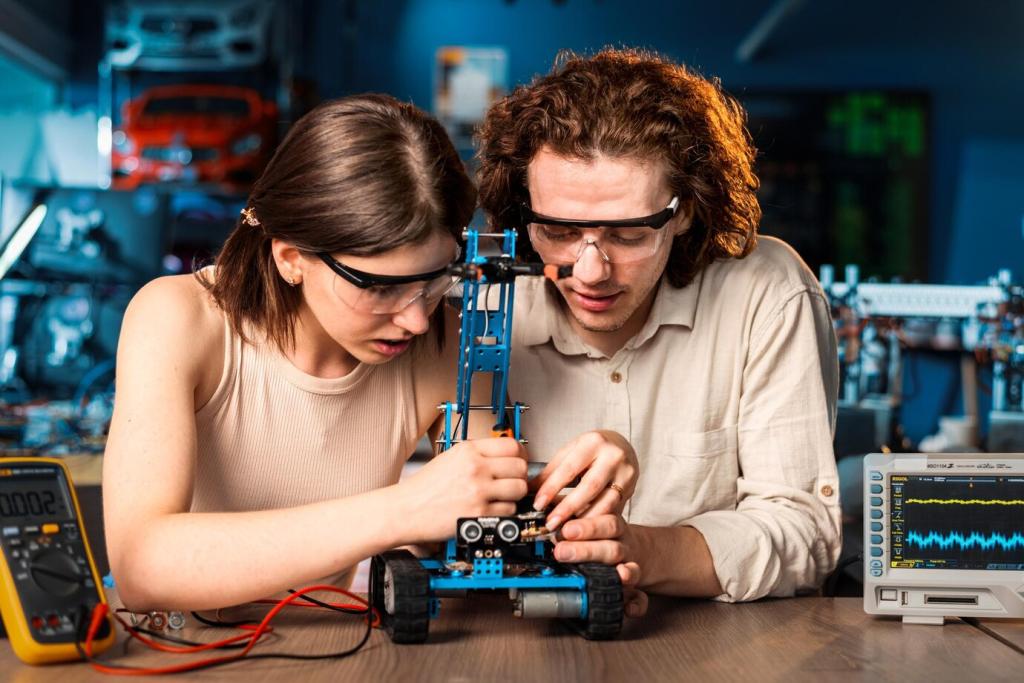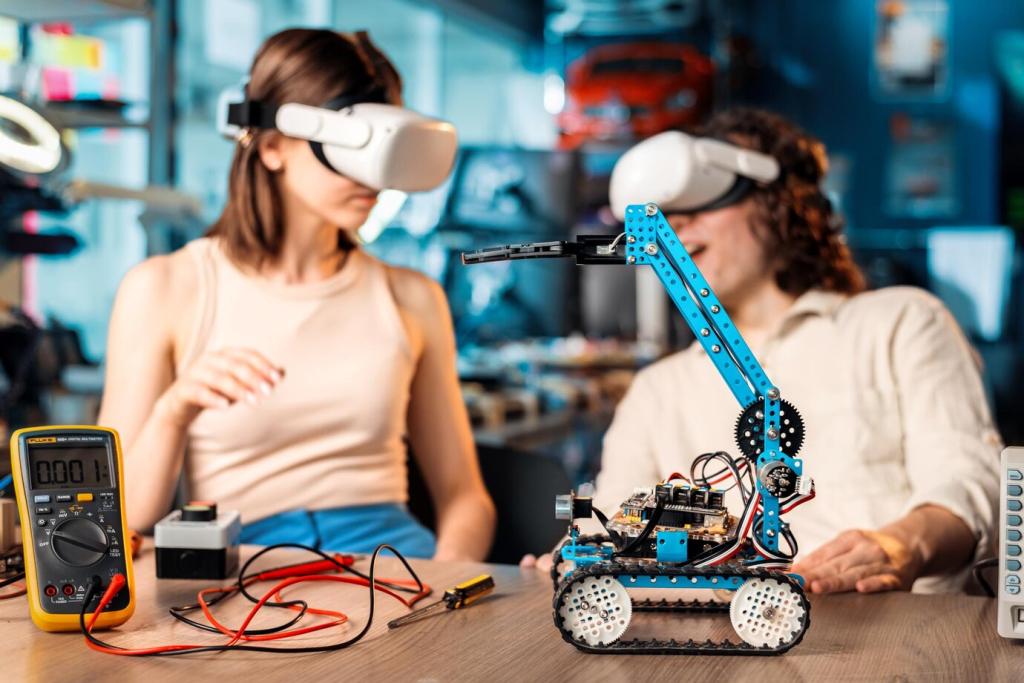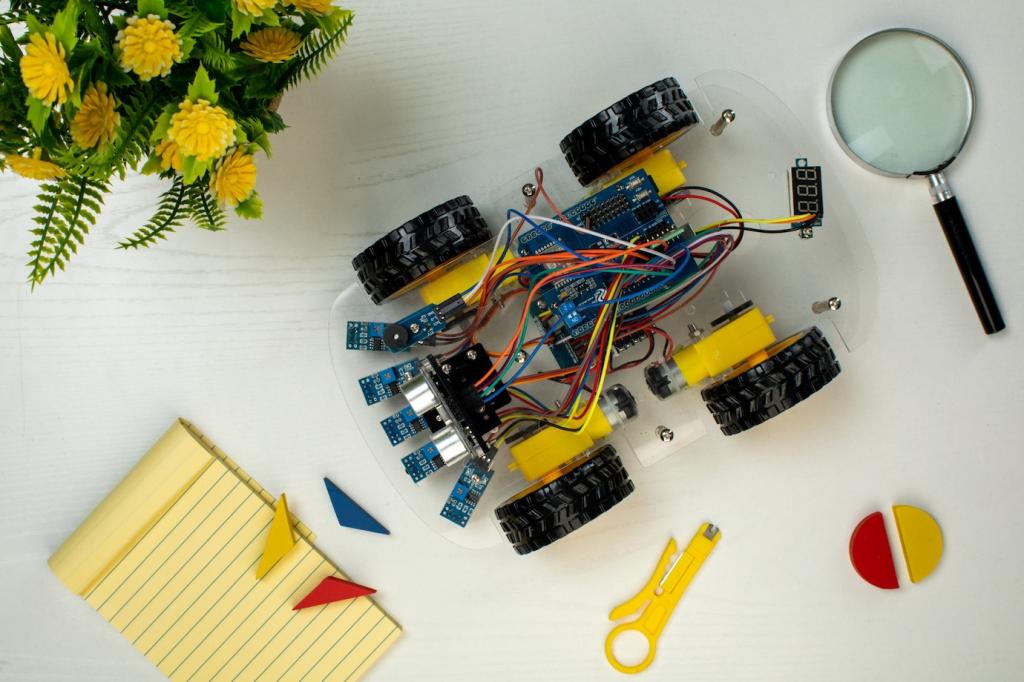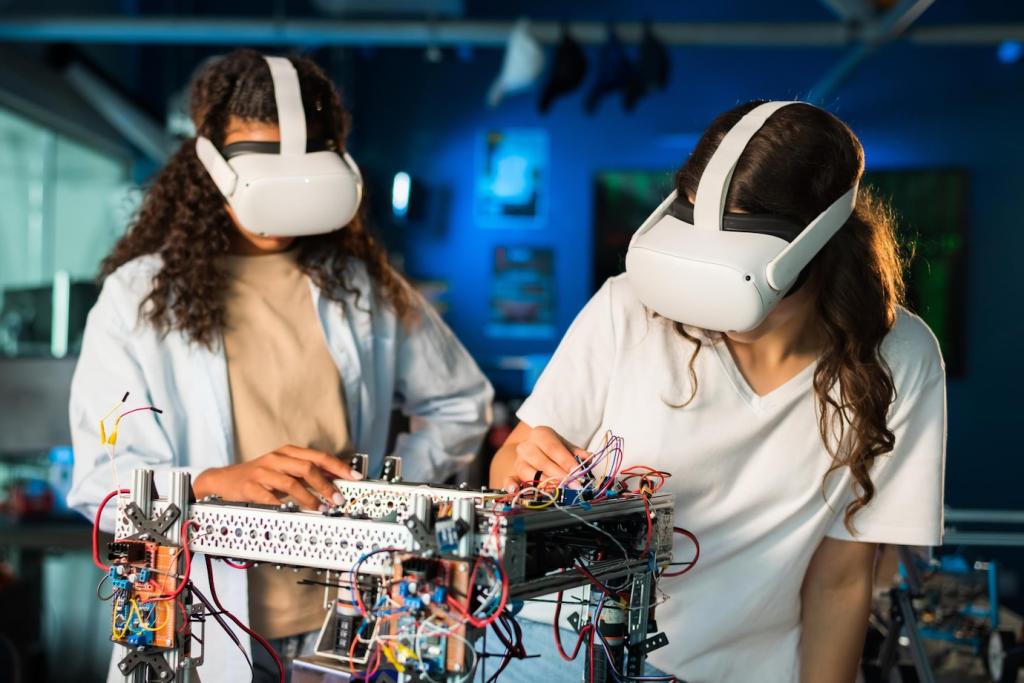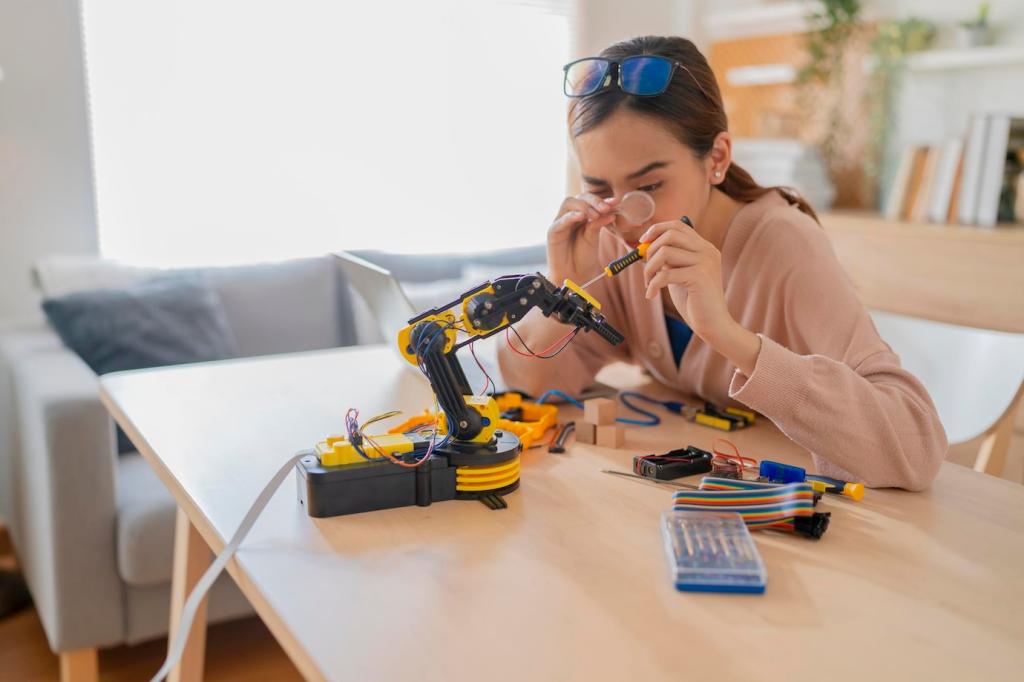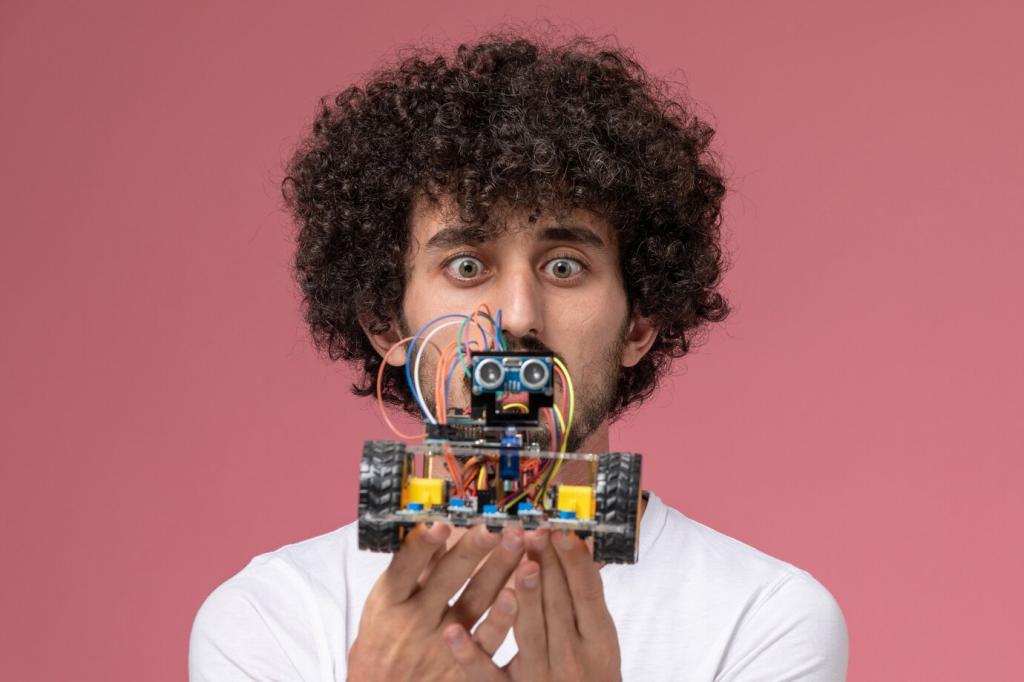Why Robots Spark Critical Thinking
Form a clear hypothesis about what the robot should do, predict sensor readings, then build and test. When results diverge, students analyze causes, adjust variables, and practice evidence-based reasoning rather than guessing.
Why Robots Spark Critical Thinking
Open-ended challenges, like navigating a cluttered desk without touching obstacles, force learners to weigh trade-offs, negotiate criteria, and justify design choices. Ambiguity becomes a productive constraint that strengthens argumentation and structured decision-making.

